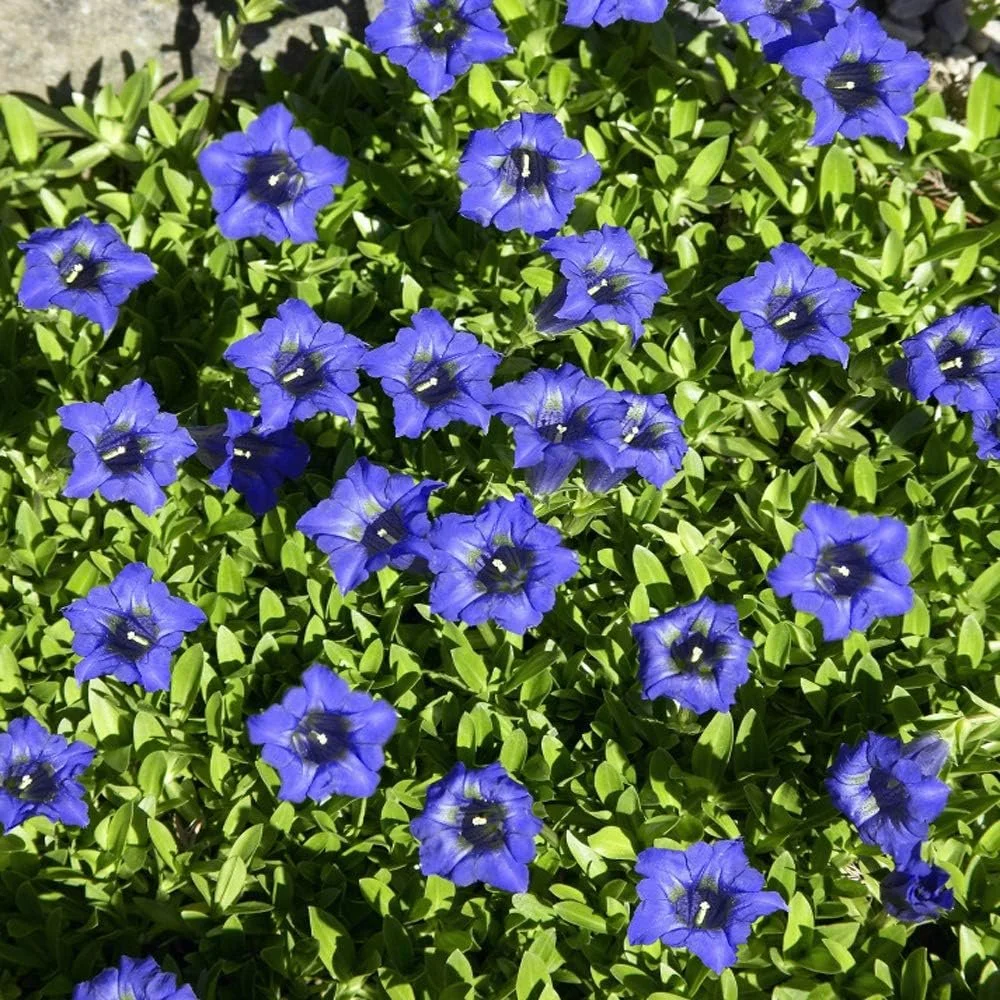Gentian
This plant has been recognised as the source of a valuable drug since the time of the ancient Egyptians, for there are records of it on. a papyrus found between the bones of a mummy at Thebes, and it was also probably one of the sacrificial herbs which were buried with Egyptians of high rank. Since those far-off days it has been used by the Romans, by the monks of our own islands, and throughout the centuries, has been included continually in the editions of the British Pharmacopoeia.
Several species of Gentian are found in the British Isles, all rather rare; the Meadow Gentian is the one most frequently met with, growing usually on limestone and often near the sea. It is a small plant, 4 to 10 inches high, with an erect stem, sharply pointed, deep-green leaves, and tubular flowers of four petals of a pale purplish-blue, scattered along the stalks.
The old name Gentian was given it in early Grecian times in honour of a King Gentius, who experimented with herbs. There are many varieties of garden Gentians, most of them of the marvellous blue of the summer sky, though Gentiana lutea, a largeAlpine variety, is of soft bright yellow.
As a rule, unfortunately, Gentians are not very easy to establish in gardens.
The Gentian is an annual, and its root (the part required for medicine) is small and short. It has a very bitter flavour, which at once associates it with tonic drugs. Flower-lovers will be glad to know that nearly all the supplies of the drug come from the Yellow Gentian, which grows abundantly in various mountainous parts of Europe, so there is little fear that our own sparsely scattered Gentians will be eradicated.



